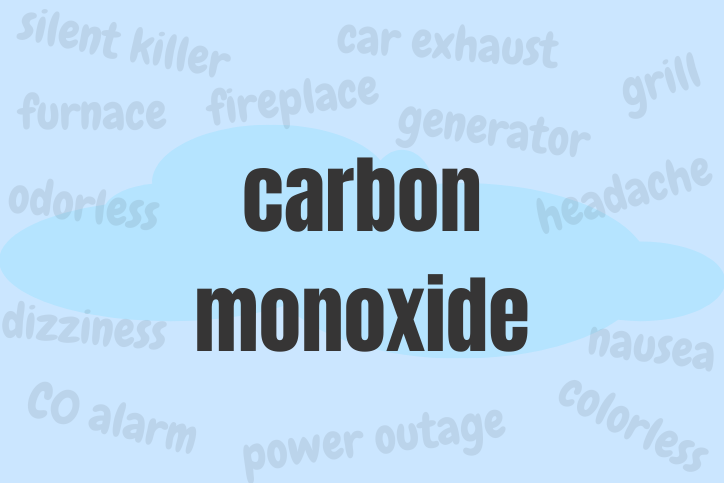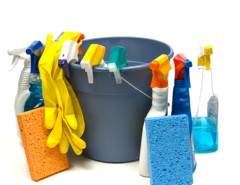January is the deadliest month for carbon monoxide (CO) poisonings. Although they can happen year-round, CO poisonings occur more often during the winter months, as colder temperatures cause people to use furnaces and other heaters. CO is a colorless, odorless, and poisonous gas that is often called a “silent killer” — a scary, but appropriate name considering the dangers the gas can pose to you and your loved ones.
Where Does CO Come From?
CO is produced by the incomplete burning of fuel. Some fuels that produce CO include:
- Natural gas
- Gasoline
- Kerosene
- Oil
- Wood
- Charcoal
Common sources of CO include:
- Gas and oil furnaces
- Portable generators and heaters
- Gas and oil hot water heaters
- Cars, trucks, and vans
- Gas stoves
- Gas clothes dryers
- Fireplaces and wood stoves
- Gas and charcoal grills
- Lawnmowers, trimmers, and leaf blowers
- Some paint strippers
- House and structure fires
- Permanent generators
Why is CO Dangerous?
When CO is breathed in, the body’s red blood cells pick it up faster than oxygen. This means the body does not get the amount of oxygen that it needs to function properly. If a person breathes in CO for a long period of time or at a high concentration, it can kill them.
Who is at Risk?
Everyone is at risk for CO poisoning. According to the Centers for Disease Control and Prevention (CDC), each year, more than 430 people in the U.S. die from accidental CO poisoning. Exposures to CO also send more than 50,000 people to the emergency department each year. While everyone is at risk, CO exposure is particularly dangerous for pregnant women, unborn children, infants, older adults, and people with a history of anemia, heart disease, or respiratory disease.
What Are the Signs and Symptoms of CO Poisoning?
The symptoms of CO poisoning are very similar to the flu. Some effects can be delayed and last a long time. Mild and moderate exposures can cause:
- Dizziness
- Headache
- Tiredness
- Vomiting
- Confusion
- Increased heart rate
Severe exposures can cause:
- Seizures
- Coma
- Brain damage
- Heart and lung failure
- Death
How is CO Poisoning Treated?
Oxygen is the first line treatment for CO poisoning. If you or someone you know has been exposed to CO, call the poison center. For mild exposures, getting some fresh air may be all that is needed. Moderate and severe exposures will need higher concentrations of oxygen, as well as additional treatment and monitoring in a hospital.
Should I Install CO Alarms in My Home?
Yes. Install at least one CO alarm on every level of your home, if possible. If you only have one alarm, place it near bedrooms so people can hear it if they’re asleep. Alarms should be placed at least 15 feet away from cooking or heating appliances, and on the wall or ceiling. There are many different kinds of CO alarms. Some alarms are powered by plug-in electricity and others are battery operated. These alarms need to be replaced after a few years. Check your specific alarm for the exact length of time.
How Can I Prevent CO Poisoning?
Follow these tips to prevent CO poisoning:
- Have a CO alarm in your home.
- Have gas and oil burning appliances checked on a regular basis.
- Have chimneys and venting checked yearly at the beginning of the heating season.
- Do not use the oven, stove top, or dryer to heat your home.
- Do not use charcoal or gas grills in the house or garage or in a tent.
- Do not let a car run while in the garage, even if the garage door is open.
- Never use a generator inside your home, basement, garage, or near a window, door, or vent. Place generators more than 20 feet away from the home, doors, and windows.
If you think that you or someone else has been exposed to CO, remove all people and pets from the area. Turn off the suspected source, if possible. Have the appliance or suspected source inspected before using it again. Call the Maryland Poison Center at 1-800-222-1222. The poison specialist who answers your call will discuss your symptoms and make recommendations about whether further medical attention is needed.





Leave a Reply